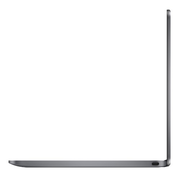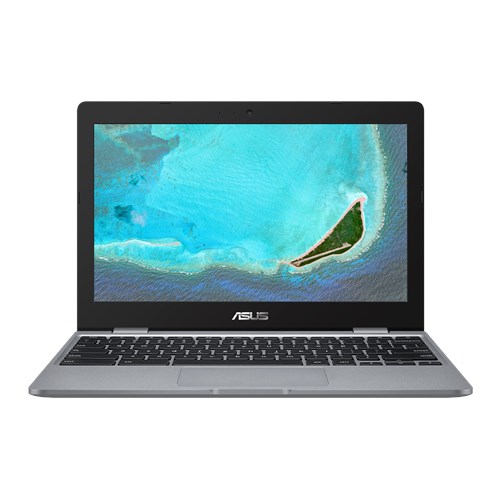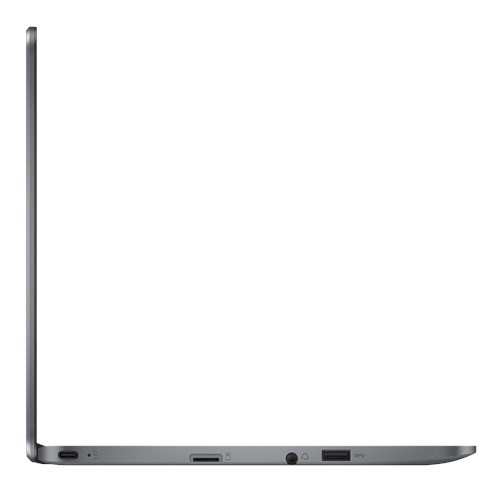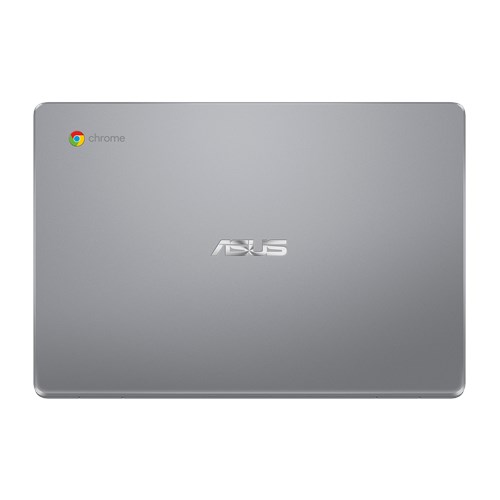Asus Chromebook C223
Specifications
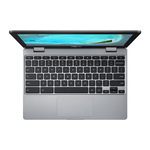
Price comparison
Reviews for the Asus Chromebook C223
Source: Laptop Media
 Archive.org version
Archive.org versionWe would like to say that Chromebooks have come a long way. However, most of them didn’t. In fact, devices like the ASUS Chromebook C223 show the progress of the PC, MacBook, and smartphone industries. ASUS Chromebook C223’s display has a budget TN panel. Its viewing angles are uncomfortable, covers only half of the sRGB color space, and it uses PWM for brightness adjustment. Its only technical advantage is the quick pixel response time. Everything about this notebook speaks of its affordability. Its hardware, build quality, etc. Ultimately, the best thing about it is the keyboard, which is spill-resistant, and comfortable for typing. Also, you get a decent battery life out of the thing. On the other hand, you should keep in mind that the notebook comes with 4GB of RAM, and either 16 or 32GB of eMMC non-upgradable storage.
Single Review, online available, Medium, Date: 09/14/2021
Source: Chrome Unboxed
 Archive.org version
Archive.org versionHowever, we have a couple of these devices in the office and wanted to talk about the current state of budget Chromebooks with a couple current examples from ASUS and Acer. Take a look!
Comparison, online available, Short, Date: 11/17/2018
Foreign Reviews
Source: AndroidWorld.nl
 NL→EN Archive.org version
NL→EN Archive.org versionPositive: Compact size; light weight; nice display. Negative: Uncomfortable keyboard; low autonomy.
Single Review, online available, Short, Date: 09/17/2018
Comment
Intel HD Graphics 500: Integrated low-end graphics adapter with DirectX 12 support, which can be found in some ULV SoCs from the Apollo Lake series.
Non demanding games should be playable with these graphics cards.
» Further information can be found in our Comparison of Mobile Graphics Cards and the corresponding Benchmark List.
Celeron N3350: An Apollo Lake family, dual-core, ultra-low-power processor (SoC) that saw the light of day in 2016. Its two cores run at 1.1 GHz to 2.4 GHz; these are not Hyper-Threading-enabled meaning there are no additional threads. This chip has a fairly competent integrated graphics solution, the Intel HD Graphics 500, and eats very little (~6 W). The Celeron N3350 is based on the Goldmont CPU microarchitecture that came to replace Silvermont (2013), bringing with it several welcome improvements. The CPU is Secure Boot-compatible; technically, it will have no issue running 64-bit Windows 11. The average N3350 in our database is just as fast as the venerable Intel Core 2 Duo SU7300 is in multi-thread loads; the two cores of this Celeron trail behind a single core of any half-decent CPU such as the Intel Core i3-7130U.» Further information can be found in our Comparison of Mobile Processsors.




